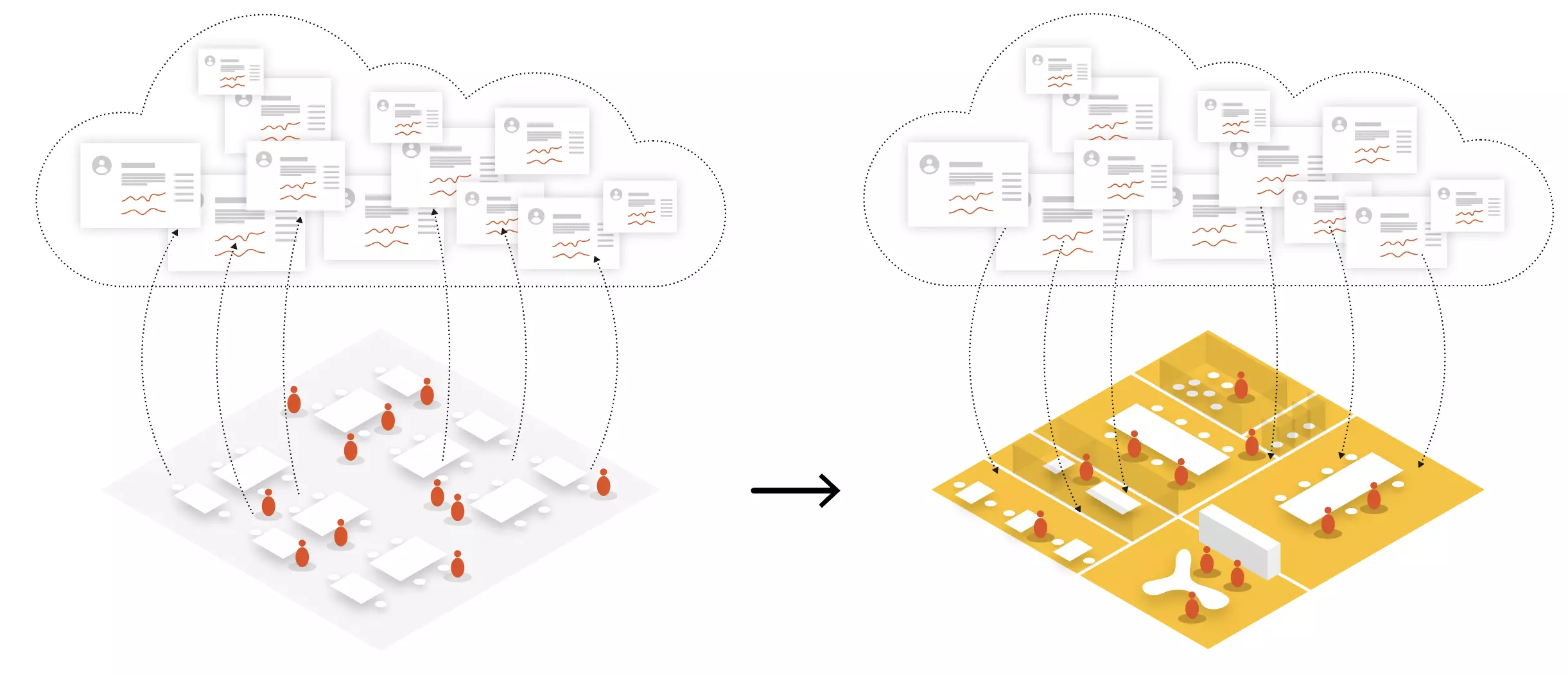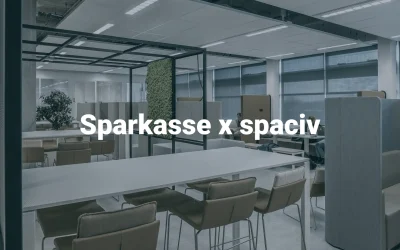Creating a user-centric workplace: A blueprint for employee well-being and productivity
In today’s fast-paced corporate landscape, organisations are constantly seeking strategies to enhance employee well-being and productivity. One such approach gaining momentum is the concept of a user-centric workplace. By placing employees’ needs at the forefront, companies can foster a culture of empowerment and efficiency. Let’s delve into why this approach matters and how to navigate its challenges effectively.

Unpacking the buzz around user-centricity
At the heart of a user-centric workplace lies a profound principle: empowering employees to shape their work environment. This approach champions autonomy and ownership, key ingredients for boosting job satisfaction, motivation, and overall well-being. By getting input from all stakeholders and involving them in decision-making processes, organisations cultivate a sense of belonging and investment among their workforce.
A user-centric office prioritises open communication and fosters a culture of collaboration. By encouraging idea-sharing and feedback loops, organisations cultivate stronger relationships and a deeper sense of community among employees. This collaborative ethos becomes even more crucial in the era of hybrid work, where the office serves as a nexus for connection and innovation.
Empowering through data-driven insights
Traditionally, workplace projects have been top-down initiatives, often met with resistance and skepticism. However, the rise of user-centricity signals a shift towards employee-driven innovation. By leveraging crowd-modelling processes and data analytics, organisations gain valuable insights into employee needs and preferences. This data-driven approach not only optimises workspace design but also fuels creativity and innovation, giving companies a competitive edge in a rapidly evolving market.
Overcoming challenges and navigating complexity
While the benefits of a user-centric workplace are undeniable, implementing this model comes with its own set of challenges. Chief among them is ensuring that every voice is heard and accounted for. Organisations must invest in efficient data collection methods and provide platforms for ongoing feedback to stay on top of employee needs. Moreover, it’s imperative for companies to act on the insights gained from data analysis, fostering a culture of trust and engagement.
In an era defined by digital transformation, new technologies offer unprecedented opportunities to enhance workplace dynamics. From advanced data collection tools to AI-driven analytics, organisations have access to powerful resources for creating a user-centric environment. By embracing these tools and adopting a mindset of continual evolution, companies can stay ahead of the curve and adapt to shifting employee needs effectively.
The imperative of user-centricity
The concept of a user-centric workplace represents a paradigm shift in organisational dynamics. By prioritising employee well-being and empowerment, companies can cultivate a culture of innovation and resilience. While challenges abound, the rewards of this approach are manifold, offering a pathway to sustainable success in today’s dynamic business landscape. As organisations navigate the complexities of modern work environments, embracing user-centricity is not just an option—it’s a strategic imperative for driving growth.
Your guide to analysing your corporate real estate portfolio
Your Guide to Analysing your Corporate Real Estate Portfolio with spacivAs companies adapt to new ways of working, they're also rethinking their approach to corporate real estate. Whether they're embracing remote working or hybrid models, every decision about real...
How user feedback will supercharge your office optimisation
How user feedback will supercharge your office optimisationAs work dynamics evolve and office occupancy rates decline, businesses are reassessing their workplace environments. They recognise the need for offices to evolve, enticing employees back and fostering...
New office: How Sparkasse saved 32% with AI
Customer storySparkasse x spacivLeveraging spaciv's AI-powered planning, Sparkasse tackled uncertainties and achieved a 32% reduction in new office and energy costs. Showing their commitment to more sustainable future and enabled crafting a user-centric and...



